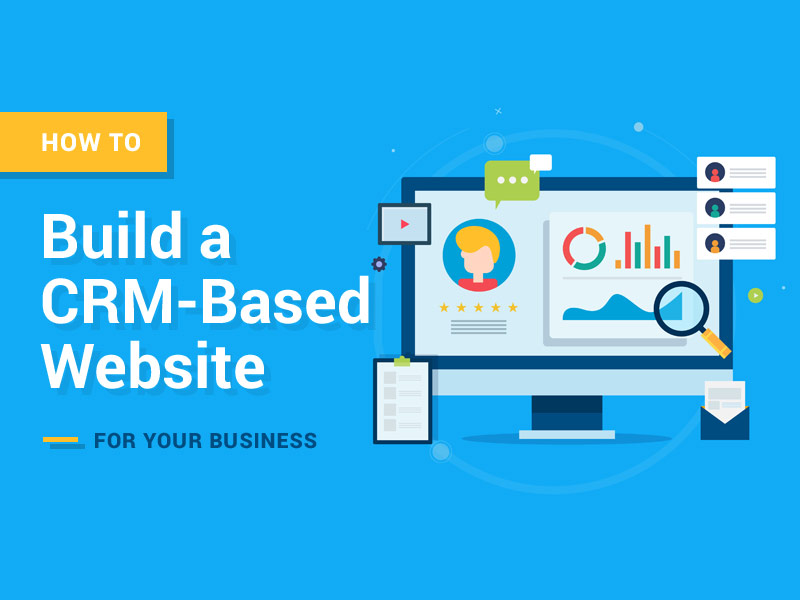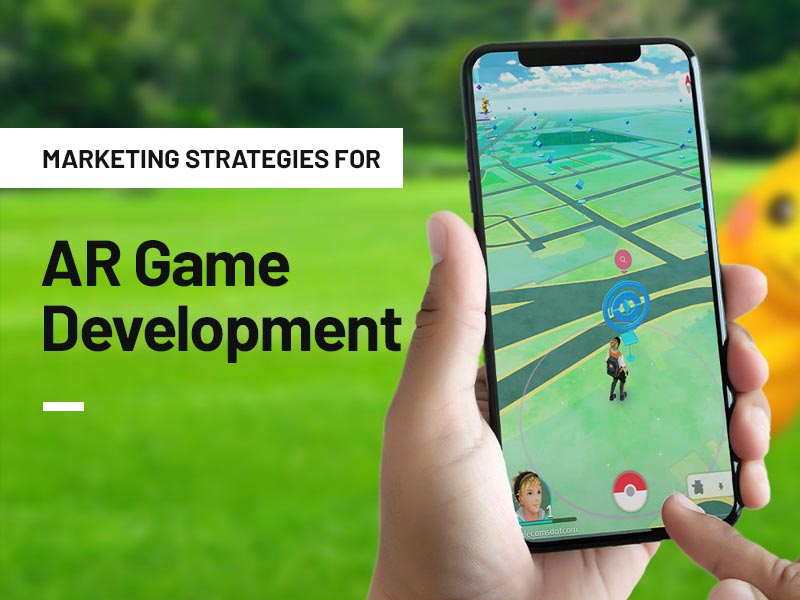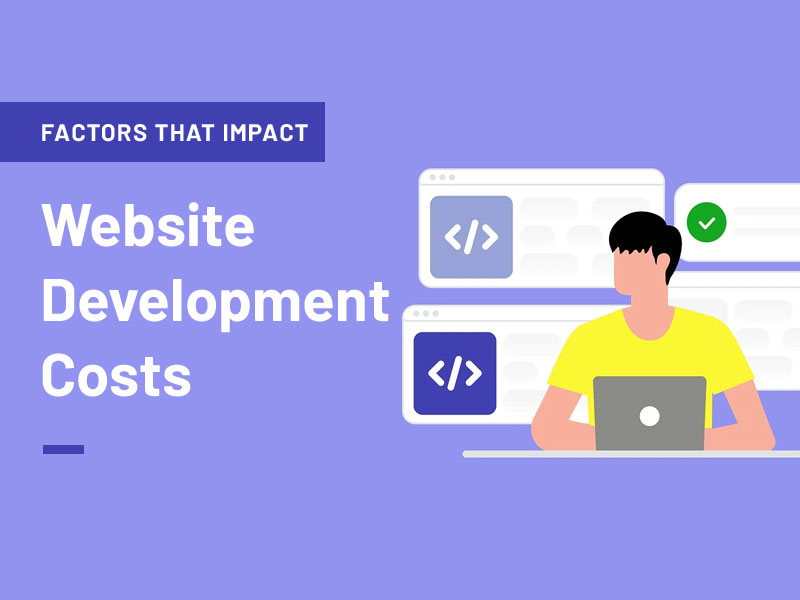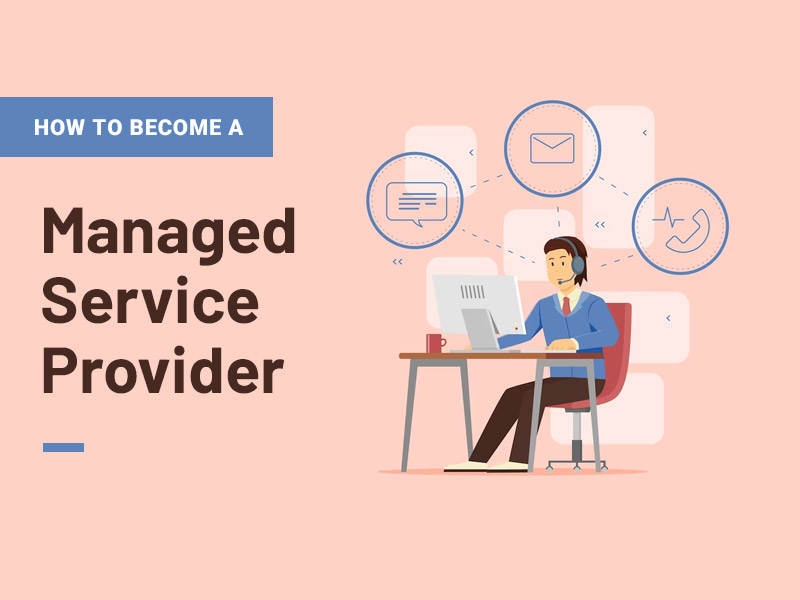Customer relationship management (CRM) systems have become increasingly popular and relevant in the business world because they enable many companies to leverage the power of technology. Most CRM systems are pretty much automation-ready, which is why they’re an excellent hack for creating efficient business systems.
It should be common knowledge that customers are essential for any business, that’s why CRM is relevant. It allows you to improve customer service more efficiently with technology. But, building a CRM-based website requires you to consider a few critical factors to succeed.
Here’s how you can build a CRM-powered website.
7 Steps: How to Build a CRM-Powered Website for Your Business
1. Set Targets
To succeed, you need to have an end goal in mind. It’s easier to build on any idea when you know its purpose. Yes, you want your website to be CRM-based, but you have to define what that means for your website. These targets are what the developers and the marketing team will work with towards building a website and will determine the tools you’ll need to achieve those targets.
2. Optimize For Cloud
Most CRM solutions work in the cloud. You can integrate a CRM systems with other systems or software. The cloud is great because it’s accessible and ensures coordination within the organization. Remember, with CRM, you’ll need to have an integrated system that can keep customer information in one place.
Ideally, customer financial records, credit history, purchase history, and customer profiles need to be stored in an external storage source. That’s where cloud solutions enter the picture. Cloud storage is flexible enough to allow for integration with other computer systems, which you’ll need for tracking customer activity effectively.

3. Prioritize Usability
Whatever the purpose of your website, realize that usability is crucial. That’s why it’s always essential to keep things simple when building any website. Remember that people have short attention spans online. Therefore, the load times have to be extremely quick. So, you can’t afford to have a website that’s cluttered or hard to navigate. Everything should be accessible and easy to use.
Optimizing your breadcrumbs would be helpful. Make it easy for people to access their accounts, and if there’s a checkout process, make sure that it’s simple and streamlined. The visual hierarchies need to be on point as well.
No matter how efficient your CRM metrics and software are, all your efforts will be futile if your website is unusable. Every part of the website matters, including how usable it is. Building a usable site involves putting yourself in the users’ shoes and trying to design a site that’ll cater to most users’ needs. For example, consider that people will use your site with tablets, phones, and computers. Therefore, you need to optimize the website for all devices.
4. Personalize User Experience
The whole aim of CRM is mainly to manage the relationship between the business and its customers. But, bear in mind that every user or customer has unique tastes and preferences. So, the need for a personalized digital experience is rather apparent, given that people are different.
However, personalization may not be the easiest thing to accomplish with web experiences. But, it still is possible. For example, you can personalize the user experience with a targeted marketing campaign wherein you have to create mailing lists for a specific segment of customers or users. Salespeople can use this to pitch their products to you and others.
If you’re making a CRM-based system, you need to use activity trackers and even chatbots that can use their machine learning capabilities to generate metrics that can help you personalize user experiences. The aim is to gather relevant information to help you serve your customers better. Remember, with CRM, information is gold. Therefore, you have to make the personalization of the user experience a top priority.
5. Prioritize Site Security
Website security is fundamental. As a business, security should be one of your top priorities. Bear in mind that cybercrimes are on the rise. You can’t afford to have an unsecure website because you’re handling sensitive customer information. Hackers have become highly sophisticated. The most important security measure you need is a secure sockets layer (SSL), an Internet security protocol that makes sure your website is safe and blocks hackers.
Now, most users know that security is an issue and may intentionally check whether your site is secure. Prudent users may then assess the hypertext transfer protocol or HTTP, which appears in the URL, to check whether the SSL certificate is in order. Users may be reluctant to use unsecure sites, so consider this when making your CRM-powered website.
6. Use A Content Management System
Even though you’re building a CRM-powered website, remember that content is still king with websites. Whether yours is an eCommerce website, or just an advertising platform, the content you use matters in user retention and reducing bounce rates. This is where content management systems (CMS) can come in. These systems can help you build and manage websites without you having prior website experience.
Building a website from the ground up isn’t easy, and developers know this best. The great thing about CMS is that it makes website management easy. This allows you to have control over the design and functionality of your website. Plus, it can be easily integrated with the CRM system, allowing you to personalize your website much more effectively. Content is still king when everything is said and done, and search engine optimization (SEO) is still essential. Thankfully, CMS can help you structure the content you publish effectively to optimize SEO.
7. Streamline Workflows
If you’re going to build a CRM-based website effectively, you need to make sure that the developer and marketing workflows are streamlined. Remember, in web development, the design, testing, building, and planning processes all require some form of coordination between these teams. A lot of time is expended in designing websites. So, developers and marketers need to communicate effectively.
Conclusion
Building a CRM-powered website requires that you plan and set your targets first because you need to give developers something to aim for. Website development or building isn’t exactly easy, so you need to have set goals or targets to aim for. Plus, it’d be best to make sure that the workflow process is streamlined since there’ll likely be a lot of back-and-forth communication among developers and other team members. Also, try to look for professional developers, even if you have a content management system onboard. Some things may need high-level coding to create the right website.







